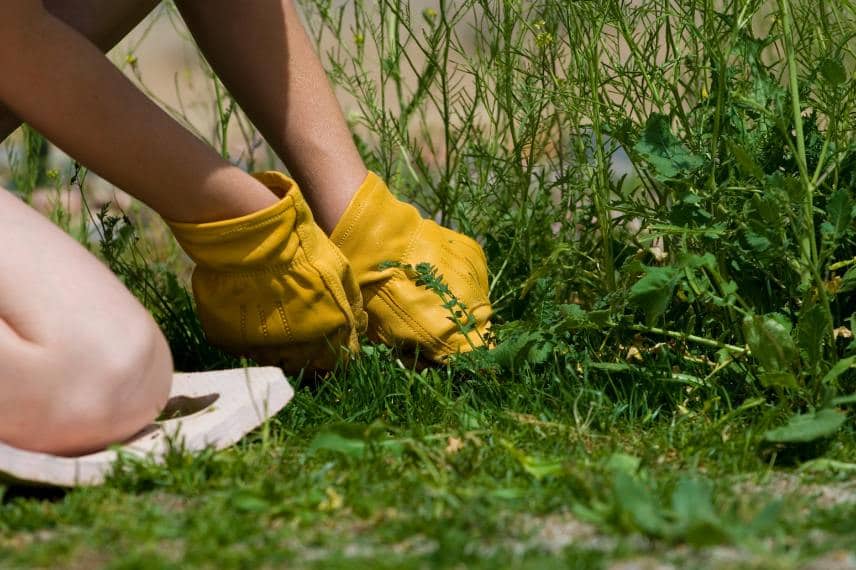
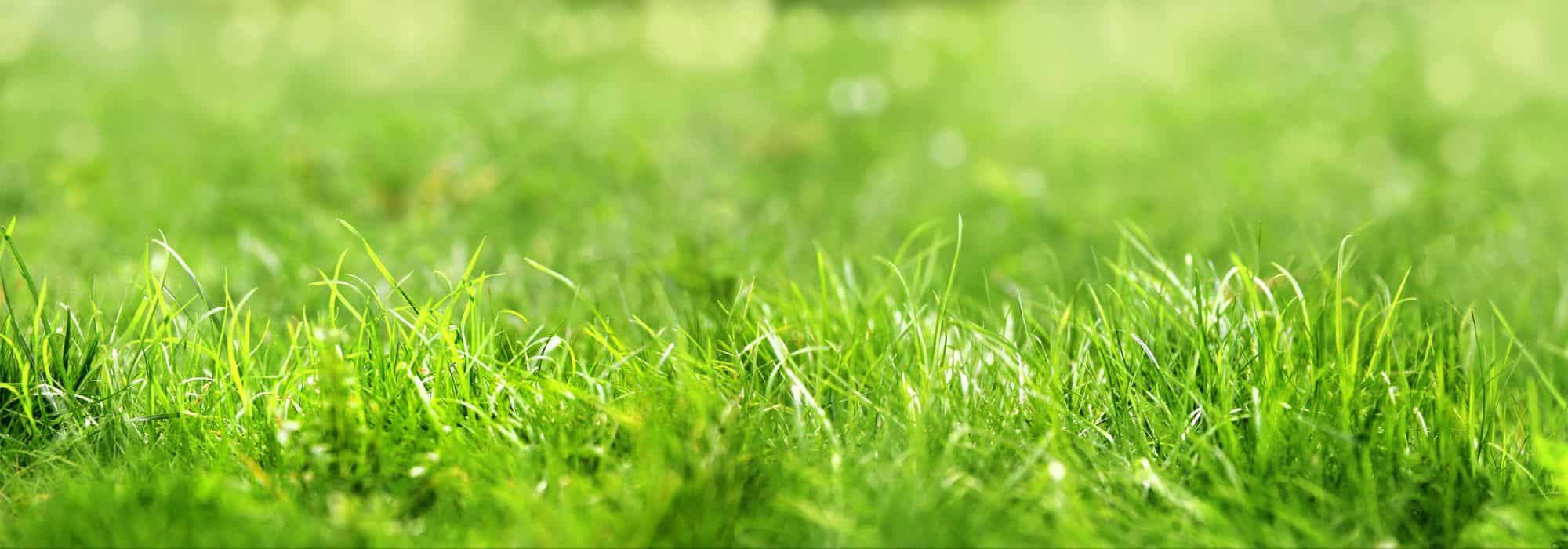
Lawn Care: The Most Common Mistakes
Our tips for a beautiful lawn
Contents
Achieving a beautiful, regular, and lush short grass meadow is a goal shared by many gardeners. However, even with the best intentions, certain poorly executed actions can compromise the results. Moreover, a short grass meadow requires seasonally appropriate care. To obtain dense and resilient turf, you must first avoid common mistakes that weaken the vitality of the short grass meadow and the quality of the soil.
Here are the bad habits to recognise – and correct – to transform your lawn into a lovely green tapetum.
Mowing too short: a classic mistake
One of the most common mistakes is to mow your short grass meadow too short, often with the idea of spacing out mowing to make the job easier. However, this has the opposite effect on the health of the short grass meadow. Cutting too short:
- Weakens the herb, which no longer captures enough light to grow properly (the famous photosynthesis).
- Exposes the soil to the sun, promoting dehydration of the lawn.
- Reduces the resistance of the short grass meadow, making it vulnerable to diseases and pests.
- Leaves space free for moss and weeds to establish.
The ideal cutting height is between 4 and 5 cm in spring and autumn, periods when the short grass meadow is actively growing. In summer and during heatwaves, it’s better to raise the cutting height to 6 or 7 cm to limit drying out. It is often recommended not to cut more than a third of the height at each mowing.
Did you know? During periods of drought or heatwaves, the herb naturally stops growing due to the heat and lack of water. So there’s no need to bring out the lawnmower.
→ To learn more, I invite you to read the article “How often should you mow the short grass meadow?“.
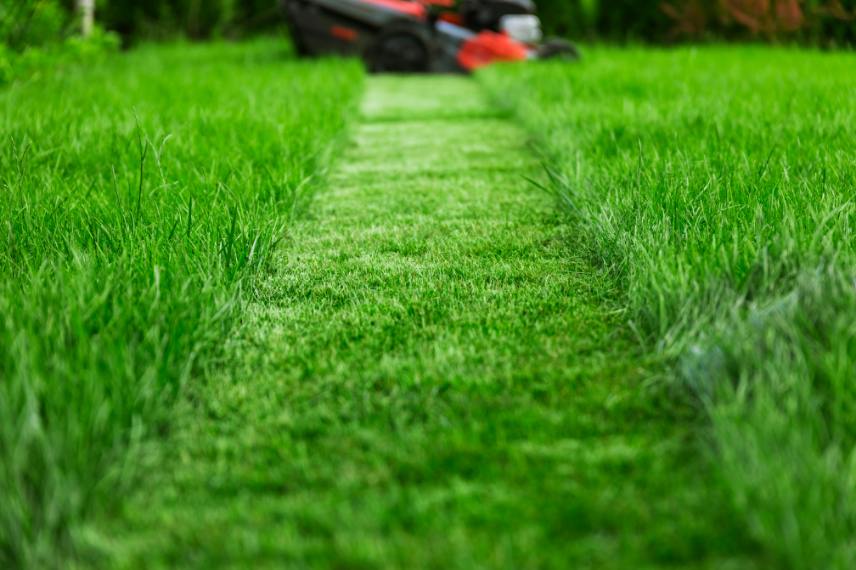
Read also
How to care for your lawn in spring?Neglecting lawnmower maintenance
Using a poorly maintained lawnmower is also harmful when aiming for a beautiful short grass meadow. When the blades are blunt, they don’t cut cleanly but tear the herb blades, which yellows the tips of the grass. Moreover, this tearing opens the door to diseases.
For a clean cut and healthy grass:
- Sharpen the lawnmower blades once or twice a year.
- Clean the underside of the lawnmower to prevent build-ups of herb and debris.
- Check the condition of the wheels and the cutting height adjustment (see previous chapter).
A well-maintained lawnmower ensures precise cutting and reduces stress on the short grass meadow.
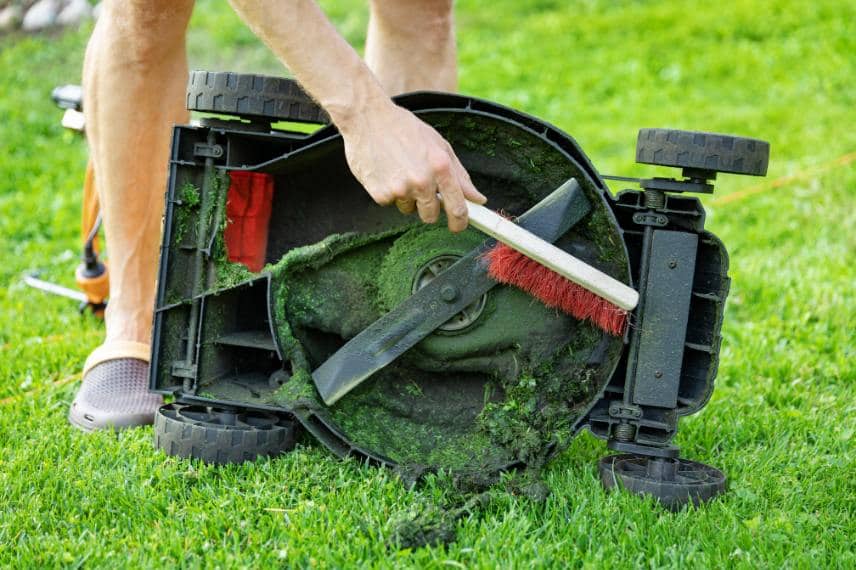
Forget scarifying and aerating the short grass meadow
Throughout the seasons, the soil becomes compacted due to trampling, repeated mowing and rainfall. Simultaneously, a layer of plant debris, called “thatch”, gradually accumulates between the blades of herb and the soil. This thatch, composed of dead roots, mowing residues and sometimes moss, suffocates the lawn and prevents air, water and nutrients from properly reaching the herb’s roots.
To revitalise your short grass meadow, two key actions should be adopted:
- Scarification, which involves raking the soil surface to remove thatch and aerate the top few centimetres. This is typically done at least once a year: in spring or autumn.
- Aeration, which involves perforating the soil deeply (with a wheeled aerator), promotes air and water circulation (especially in clay soils) and allows for better root development of the short grass meadow. Again, one to two treatments per year are sufficient.
By combining scarification and aeration once or twice a year, you maintain a living and welcoming soil, capable of supporting a dense and resilient lawn.
→ If you’d like to learn more, we invite you to read our article “How to aerate your lawn: step by step for a healthy short grass meadow” and our tutorial “How to scarify your lawn?“.
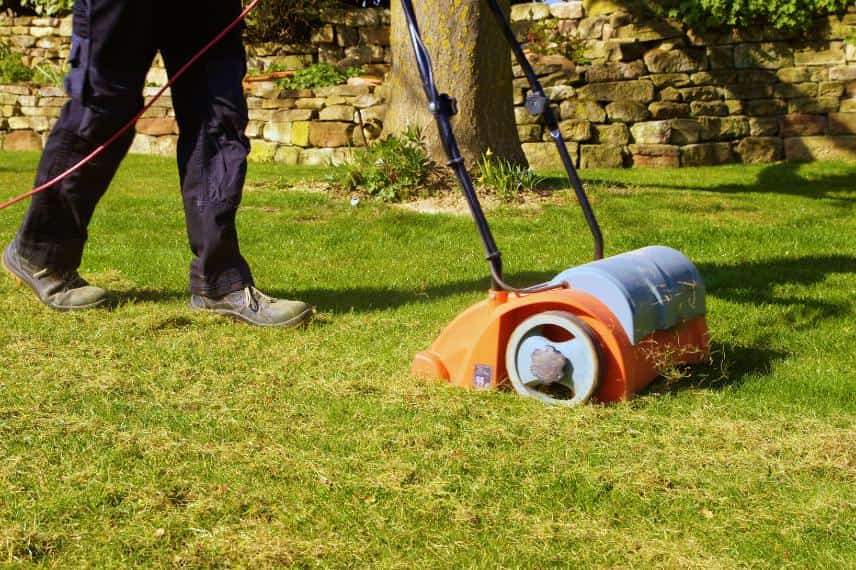
Poor lawn watering management
One of the most poorly mastered practices involves watering the short grass meadow. Many believe they’re doing the right thing by watering regularly in small amounts, but this encourages the roots to stay near the surface, making the lawn more susceptible to heat and foot traffic.
In reality, in temperate or humid regions, a well-established lawn can do without watering entirely, even in summer. It may yellow slightly on the surface, but it’s simply entering a dormant state in response to the heat. It will naturally green up again with the return of autumn rains.
During prolonged drought or in hotter regions, occasional watering may be necessary to support the short grass meadow, particularly if it was recently sown or if the soil tends to stay dry for too long. In this case, it’s better to water once or twice a week, heavily, to moisten the soil deeply, rather than frequently in small amounts.
Watering early in the morning or in the evening reduces losses through evaporation caused by the sun and allows for better water absorption by the roots.
→ To learn more, I invite you to read the article: “Maintaining Your Lawn During a Heatwave“.
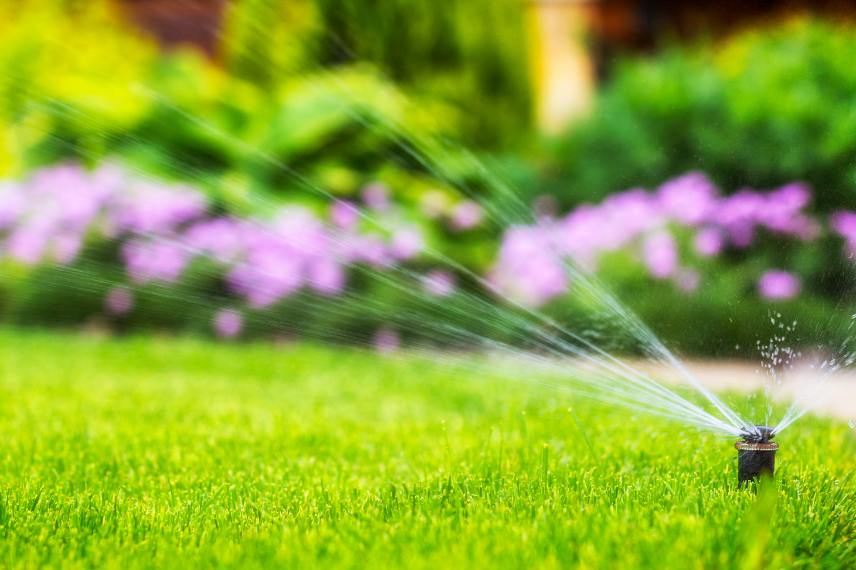
Proper watering techniques help achieve a beautiful short grass meadow
Poor fertilisation or fertilising your short grass meadow at the wrong time
Inappropriate fertilisation can disrupt the natural balance of your short grass meadow. Too much fertiliser, especially nitrogen-rich, stimulates rapid but fragile shoot growth, making the lawn more vulnerable to diseases. Conversely, a nutrient-deficient lawn (never fertilised) grows slowly, turns yellow, and is more easily overtaken by weeds.
If your garden’s soil is poor or the lawn shows signs of fatigue, targeted fertilisation can be beneficial:
- In spring, apply a lawn fertiliser, rich in nitrogen, to kickstart growth.
- In autumn, fertilise the short grass meadow with a potassium-rich fertiliser to help the roots withstand winter.
Good to know:
- Not all short grass meadows need regular fertilisation to stay beautiful. On rich soil, for example, additional fertilisers are unnecessary.
- As an alternative to fertilisers, you can regularly sprinkle compost over the lawn or practice mulching (leaving grass clippings in place) or differentiated mowing (leaving some areas uncut).
Tip: A soil analysis can also help fine-tune fertiliser application by identifying potential deficiencies or imbalances in your soil or pH. This avoids blind fertilisation and disrupting the soil’s flora.
→ To learn more, read our articles “All About Mulching: A Different Way to Mow” and “Differentiated Mowing: A Small Step for the Gardener, a Big Step for Biodiversity“.
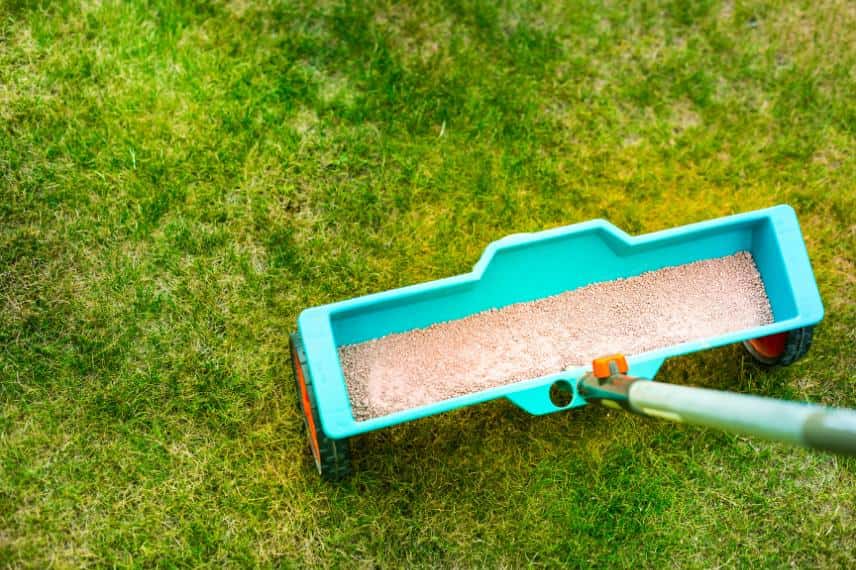
Forget overseeding
Over time, some areas of the short grass meadow may become depleted or bare, especially after a dry summer, disease or heavy foot traffic. Leaving these gaps untreated encourages moss or weeds to appear.
“Overseeding” involves sowing new grass seed directly onto the existing short grass meadow, to fill in sparse areas and encourage regrowth.
Ideally, overseeding should be done in spring or early autumn, on lightly raked or scarified soil. It’s important to choose a seed mix suited to the climate and intended use (ornamental lawn, sports turf, high traffic areas etc.). After sowing, water lightly for the first few weeks to encourage seed germination.
This simple task, repeated annually or biennially depending on the lawn’s condition, helps maintain a homogeneous, dense and resilient short grass meadow over time.
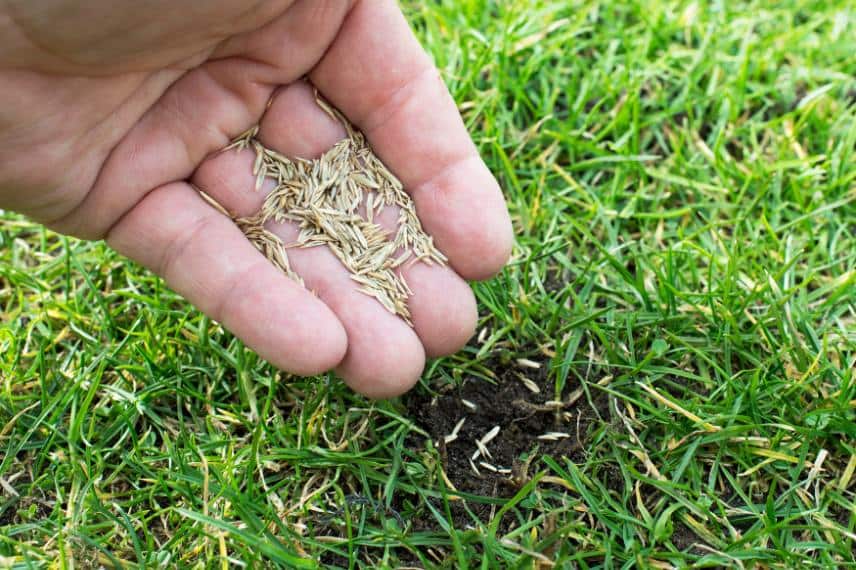
Letting weeds take hold
So-called “weeds” (or rather unwanted herbs) often appear when the short grass meadow is sparse, weakened or poorly maintained. They take advantage of the slightest available space to establish themselves and grow faster than the grasses that make up our lawn.
But their presence isn’t inevitable. A dense, well-rooted short grass meadow naturally limits their spread. The best way to combat these unwanted herbs remains prevention.
Regular mowing at the right height, scarification, adding organic matter, living soil and occasional overseeding help maintain a thick lawn that naturally competes with weeds.
If plants like dandelions, clover or plantain appear occasionally, there’s no need to pull everything up or use chemical treatments. Localised intervention (such as manual weeding) where they become invasive is usually sufficient. In some cases, these plants also contribute to the garden’s biodiversity and feed beneficial insects.
→ To learn more, I invite you to read Olivier’s humorous article: “10 good reasons to let weeds grow“.

- Subscribe!
- Contents
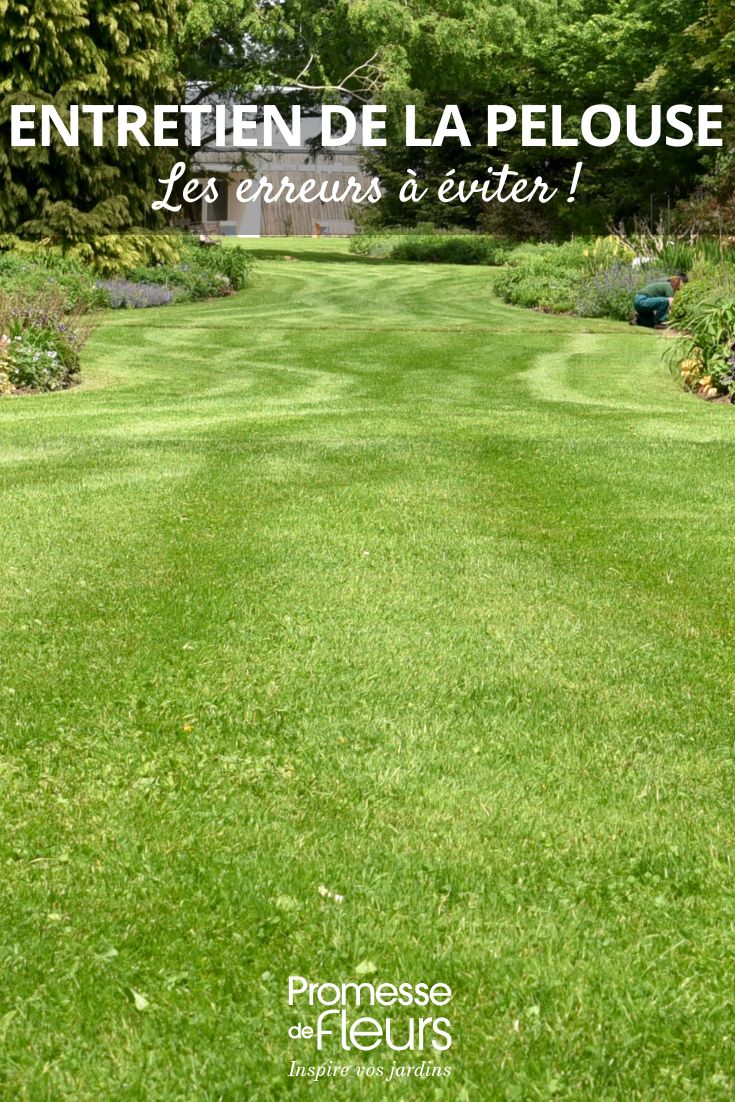































Comments